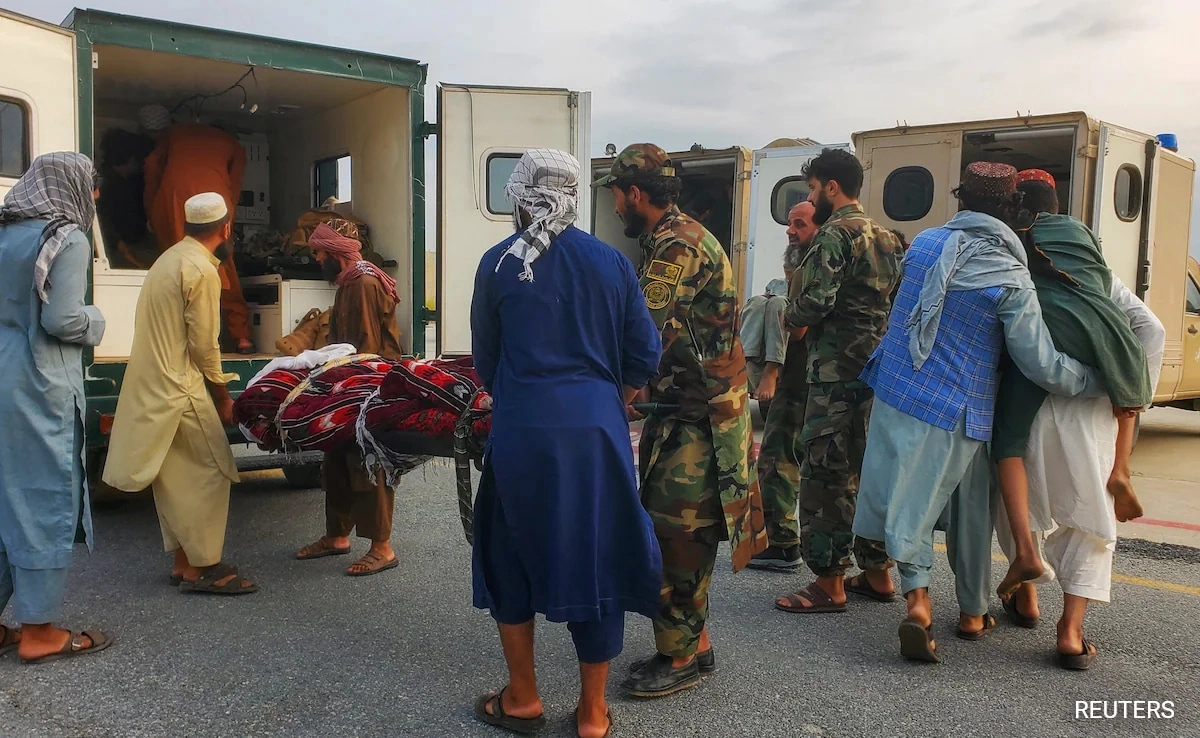A powerful earthquake measuring 6.0 on the Richter scale struck Afghanistan near the border with Pakistan, resulting in a staggering loss of life and widespread injuries. Reports indicate that approximately 800 individuals have lost their lives, while around 2,500 others have sustained injuries of varying degrees. The tremor, which occurred in a region already vulnerable to seismic activity, has caused extensive damage to infrastructure, homes, and public facilities. Emergency response teams are working tirelessly to reach affected areas, but challenging terrain and aftershocks complicate rescue efforts.
The earthquake struck in the early hours, catching many residents off guard. Local authorities and international agencies have mobilized resources to provide immediate assistance, including medical aid, food, and shelter for those displaced by the disaster. The crisis is exacerbated by the ongoing humanitarian challenges in Afghanistan, where many communities were already struggling due to economic hardship and political instability. The disaster has prompted an urgent call for international aid to support relief efforts and help communities recover from the devastating impact of the quake.
In the days following the earthquake, the focus has shifted towards ensuring the safety of survivors and providing the necessary support to rebuild lives. Search and rescue operations are ongoing, as teams sift through rubble in hopes of locating any individuals who may still be trapped. The Afghan government, along with various NGOs, is coordinating efforts to assess the full extent of the damage and prioritize assistance for the most affected populations. As the situation unfolds, the resilience of the Afghan people will be tested once again, but the global community’s response will play a critical role in aiding recovery and rebuilding efforts in the region.




